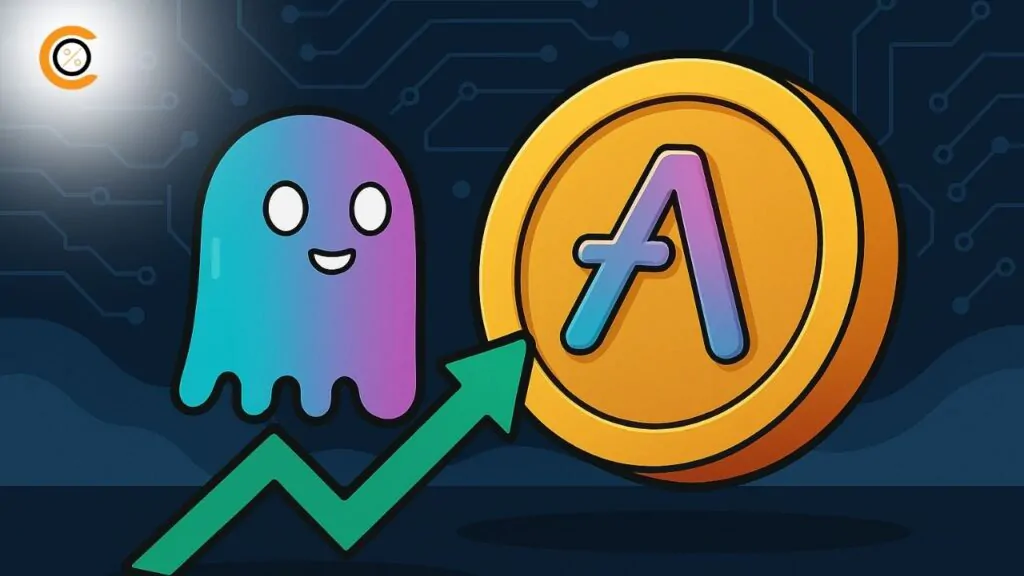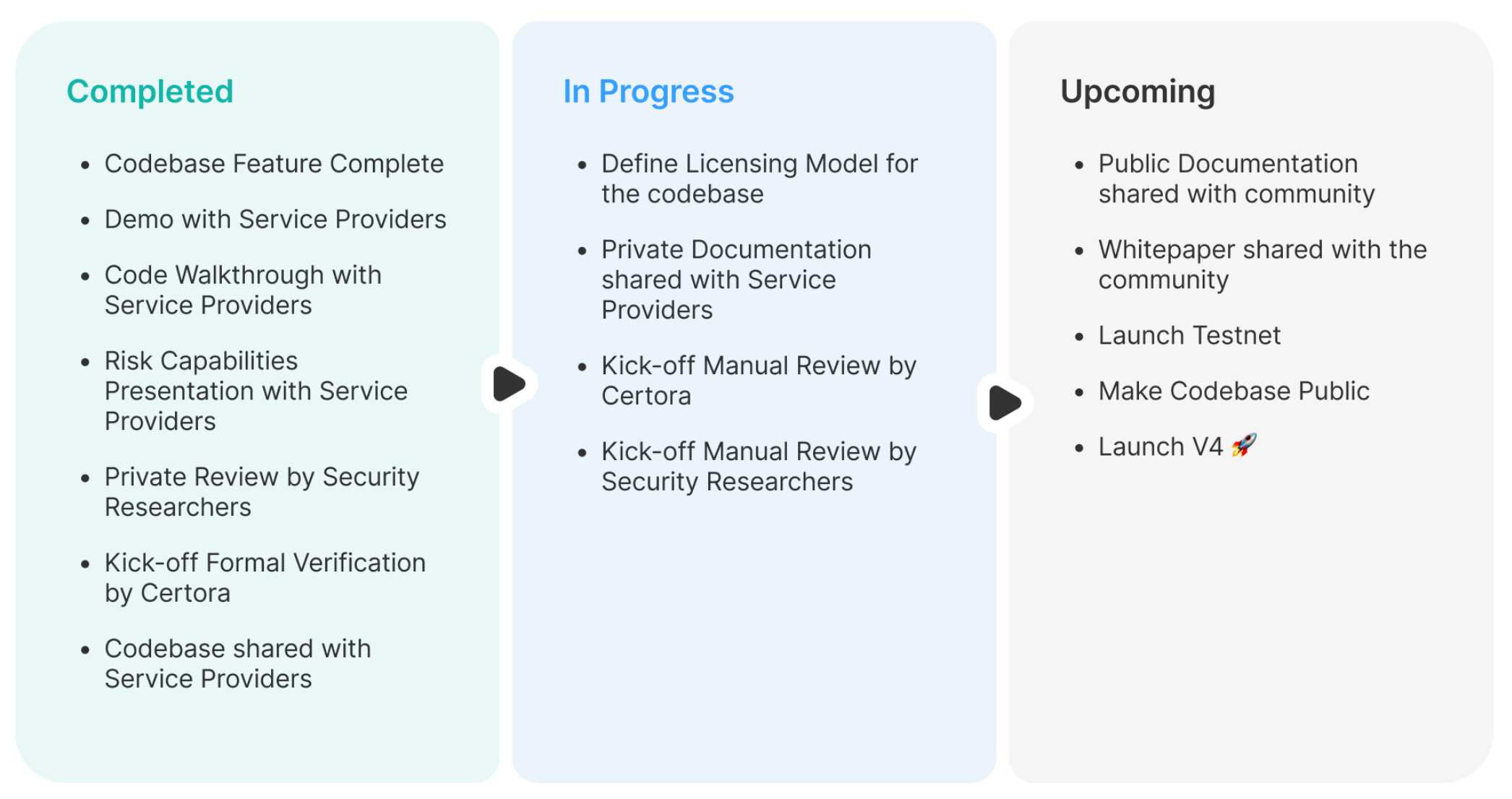- •Aave V4 launch is set for Q4 2025 with a redesigned interface and public testnet.
- •The new Cross-Chain Liquidity Layer allows users to collateralize on one chain and borrow on another.
- •Security efforts include audits, formal verification, and community governance for a smooth rollout.
The Aave V4 launch is getting closer, and the DeFi lending giant has laid out a clear roadmap for what’s ahead. With its total value locked (TVL) hitting $41.7 billion according to DeFiLlama, nearly half of the sector’s liquidity, Aave is preparing for one of its biggest updates yet. The upcoming release is set to bring unified cross-chain liquidity, enhanced risk management, and a more modular protocol design, making this a defining moment for Aave and its community.

Aave V4 Roadmap Takes Shape
Aave Labs has shared a public roadmap for Aave V4, confirming that the launch is targeted for Q4 this year. The development team, alongside service providers and security partners, has already completed most of the research and design work. The protocol is now in its final review, testing, and deployment phase.
Security has been a major focus in the lead-up to launch. According to Aave Labs, the process includes formal verification, manual audits, and independent researcher reviews. These layers are meant to ensure that V4’s codebase is reliable and ready for production. In parallel, the team is developing a redesigned Aave Interface, which will debut on a public testnet before mainnet release, allowing the community to trial new workflows early.
Cross-Chain Liquidity and New Features
The centerpiece of Aave V4 is the Cross-Chain Liquidity Layer (CCLL). This feature aggregates liquidity across multiple blockchains, letting users supply collateral on one chain and borrow on another, a major step forward for cross-chain capital efficiency. Built on Chainlink’s Cross-Chain Interoperability Protocol, the CCLL will extend support to both EVM and non-EVM chains, including networks like Aptos.
Alongside cross-chain borrowing, Aave V4 introduces improvements to the protocol’s native GHO stablecoin support, reduced transaction fees, and automated interest rate calculations. These changes aim to make the lending and borrowing experience more seamless while improving risk management and governance processes.
Related read: DeFi Lending Protocols TVL Growth Hit 72% in August
Community-Driven Development
Aave’s governance process has played a central role in shaping V4. A series of proposals presented earlier this year allowed the community to review and provide feedback on the upgrade’s design, features, and rollout strategy. Growth service providers, such as TokenLogic and ACI, are helping coordinate the go-to-market plan, which will guide migrations from V3 and ensure strong visibility for the launch.
The focus is not just on shipping new code, but also on a smooth transition period. Safeguards similar to those used in past rollouts will remain in place during the early stages of V4’s deployment, helping maintain stability as liquidity shifts into the new system.
Looking Ahead to Aave V4’s Impact
The Aave V4 launch is more than a technical upgrade, it marks the next stage in the protocol’s evolution as a leader in decentralized finance. By unifying liquidity across chains and delivering a more efficient, resilient design, Aave is positioning itself to handle growing demand from users and developers alike. With Q4 as the target, all eyes are now on Aave as it prepares to roll out what could become one of the most influential upgrades in DeFi lending.








